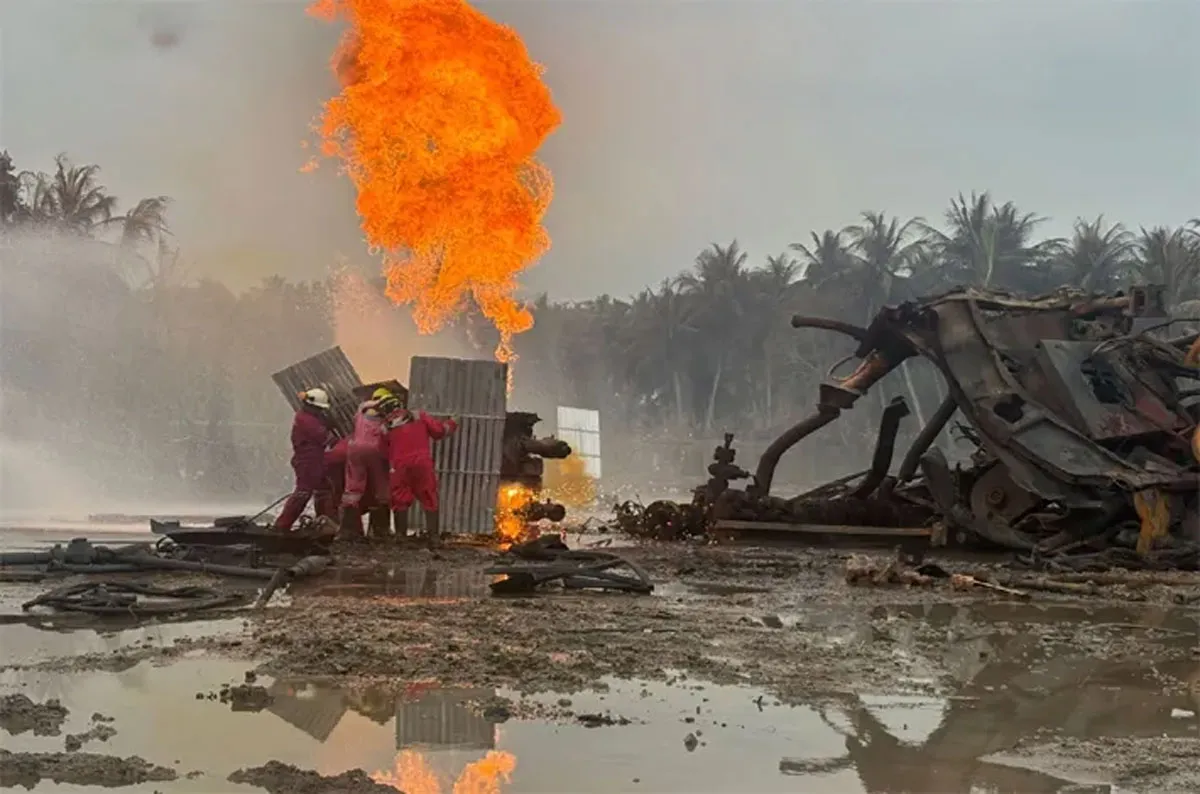Exploring the state of the construction sector and its revenue outlook in a pandemic-hit fiscal, CW speaks to contractors on how COVID-19 has impacted operations and construction activities.The extended lockdown to stem the COVID-19 pandemic has compounded India’s growth woes. Along with external risks such as weak global demand, supply disruptions and global financial shocks, the economy now faces factory shutdowns, reduced discretionary spending and a delayed capex cycle.In Part 1 of this article, we explore the state of the construction industry, according to a CRISIL Research report.Deconstructing a slump: CRISILThe construction industry, which mirrors the economy, is consequently expected to take a huge hit. Analysis by CRISIL Research indicates a 12-16 per cent contraction in construction investments for the industry this fiscal to Rs.7.3 trillion from Rs.8.6 trillion in fiscal 2020. The estimate factors lower capex by the Centre and state governments owing to the diversion of funds towards healthcare, public welfare and social obligations. This, at a time when finances are already strained and gross budgetary support to infrastructure is expected to decline because of lower revenue receipts – budgetary allocation to infrastructure by the Central Government for fiscal 2021 is lower than fiscal 2020. It also factors the lockdown impacting construction activity and movement of labour in the first half of fiscal 2021.With construction activities deferred, players in the construction sector are expected to log a 13-17 per cent drop in revenue in fiscal 2021, notes CRISIL Research. What’s worse, Ebitda margins are estimated at 4-6 per cent for the fiscal, down from 7-9 per cent expected in the preceding one.First quarter to draw a blankWith the continuing lockdown, labour issues and supply chain disruptions, CRISIL Research believes the current quarter will be a washout. The government has allowed construction of roads in rural belts and irrigation and renewable energy projects in virus-free zones or regions with no positive cases in the preceding 28 days from April 20. However, construction companies face challenges in arranging transportation and accommodation for labour, maintaining social distancing at construction sites, obtaining clearances from district officials for intra and inter-district projects, and ensuring raw material availability. Industries such as transportation, quarrying, steel, cement and forging need to be up and running to meet the raw material requirements of the construction sector. Add to this, workforce issues and the need for permits and clearances in place before construction can resume. Thus, the sector is likely to take some time to return to normalcy even after the lockdown is lifted. The bulk of construction activity, therefore, will likely resume only in the third quarter this fiscal. Infrastructure spend as a proportion of GDP on a downtrend, COVID-19 to steepen decline: Infrastructure investments as a proportion of GDP stagnated between 4.5 per cent and 5 per cent till fiscal 2017, and have moved lower since then. The COVID-19 pandemic and subsequent nationwide lockdown are likely to result in a drop in infrastructure investments as funds are diverted to meet healthcare and social spends such as feeding and housing migrant labour, paying for Shramik train fares, and procuring personal protective equipment.Higher dependency on public funds for construction spends: The share of private spending has fallen from ~26 per cent in fiscal 2010 to ~17 per cent in fiscal 2020 as PPP models have failed to take off in most infrastructure sectors, except airports and roads, owing to private entities having to bear the majority of the risks in these models.Drop in budgetary allocations pre-COVID not a good sign for the infrastructure sector: The budgetary allocation for fiscal 2021 for the sector witnessed a 7 per cent decline over the revised estimate for fiscal 2020. The proportion of gross budgetary support increased to ~41 per cent of the total budgetary allocation in fiscal 2021 from ~35 per cent in fiscal 2020. The pandemic and the subsequent lockdown will impact government revenue receipts as direct and indirect tax collections are expected to be hit with the reduction in economic activity. The turmoil in the global economy and financial markets will also impact the external borrowing capability of the Centre and state governments. States’ infra allocations had fallen even before the pandemic struck: Allocation to infrastructure for fiscal 2021 has moderated even for states with higher spends on the sector. Uttar Pradesh, Maharashtra and Gujarat, which account for 26 per cent of the pie, have seen a decline in outlay compared to the previous fiscal, while for Karnataka, Tamil Nadu and Madhya Pradesh, which account for 24 per cent, it is flat.States most affected by COVID-19 among top spenders on infra: States contribute the bulk of investments in urban development, water supply systems (WSS) and irrigation sectors. However, with many of the top-spending states hit hard by the pandemic and the subsequent lockdown, the priorities have shifted. To add to their woes, state excise duty collections (on alcohol and fuel) are likely to drop as alcohol sale was banned for a month after the imposition of lockdown and fuel consumption reduced to a trickle. Consequently, investments in these sectors are likely to be hit as states utilise funds for healthcare – a state subject – and social expenses arising from the pandemic.Revenue set to decline second year in a row: Construction firms are expected to see a 13-17 per cent on-year drop in revenue from the suspension of construction activities and slow pickup after lifting of the lockdown. The sector is likely to return to normalcy only in the third quarter of fiscal 2021.Lower proportion of fixed costs to cushion margins for construction firms: Construction firms typically have a higher proportion of variable costs related to raw materials, electricity charges, equipment rentals and daily labour costs. Fixed costs are limited to compensation of full-time staff, maintenance of equipment and rentals. Ebitda margin at all-time low CRISIL Research expects the Ebitda margin for the sector to contract 200-300 basis points to 4-6 per cent in fiscal 2021 from an estimated 7-9 per cent in fiscal 2020. Higher proportion of variable costs for construction firms cushions the margin from a sharper drop in revenue. Benefits of lower inputs costs are unlikely to improve margins of players as most contracts have inbuilt material price escalation clauses. At the net level, players may make losses.Fifty per cent of debt among listed 65 players indicate weakening of profiles (See table 1 on next page): A sample analysis of 65 firms with a total debt of ~Rs.1 trillion as of September 2019 threw up interesting results.37 firms, accounting for 57 per cent of the sample and holding 39 per cent of the sample’s debt, have an interest service coverage ratio (ISCR) below 1, while 12 firms, accounting for 18 per cent of the sample and holding only 7 per cent of the debt, have a comfortable ISCR above 3.24 firms holding 49 per cent of the sample’s debt have a relatively high net debt/Ebitda ratio above 3.31 per cent of the sample’s debt has a quick ratio less than 0.1. Roads EPC players relatively better off, real-estate players may need course correction: Analysis of the sample split by type of construction activities (road players, diversified construction and real estate) indicate road players have a healthier credit profile compared to diversified construction firms and real-estate players, in terms of ISCR, Net Debt/Ebitda and quick ratios (See table 2).Funding pattern for infrastructure subsectorsState funds contribute close to 45 per cent of spends on infra. While some sectors are solely dependent on state funding, others get a lion’s share of the central contribution. Private spending is already at an estimated all-time low of 17 per cent in fiscal 2020 compared to 26 per cent in fiscal 2010 (See table 3). It is expected to further dip in fiscal 2021 with the revenue of private players and capacity utilisation of their existing projects impacted significantly. Read on for what construction contractors have to say on the impact of the pandemic on their operations and activities, and their revenue expectations for fiscal 2021.



















